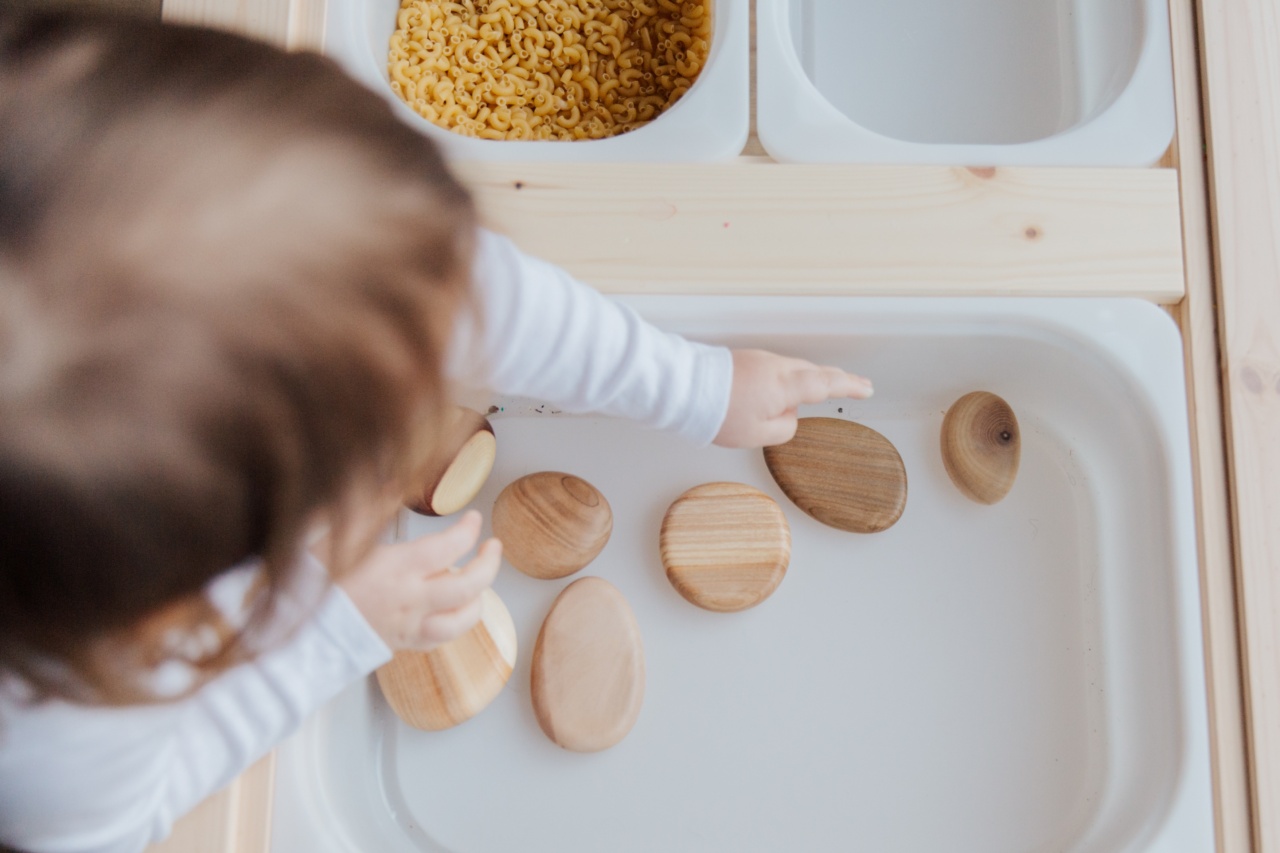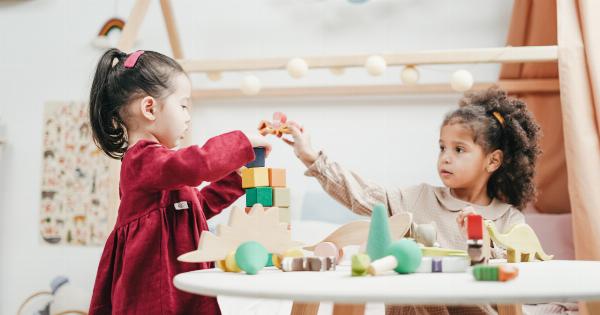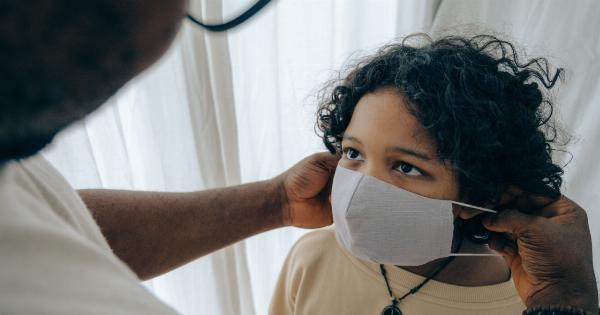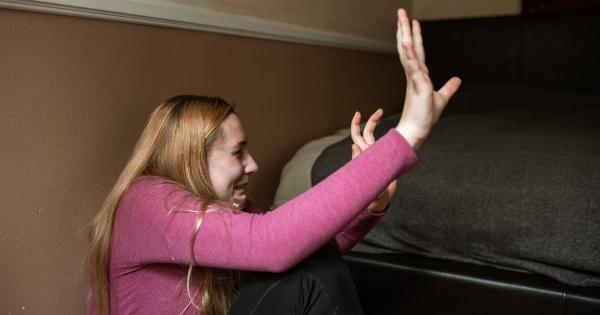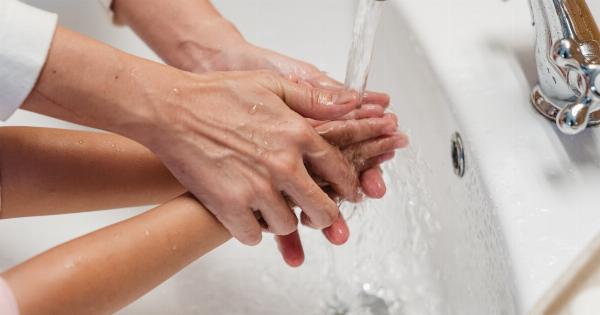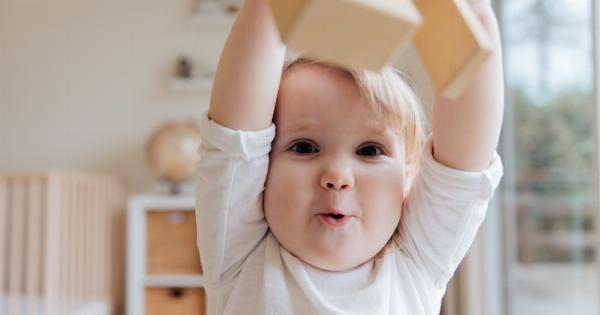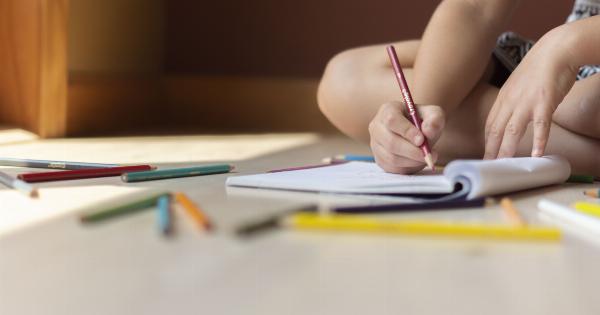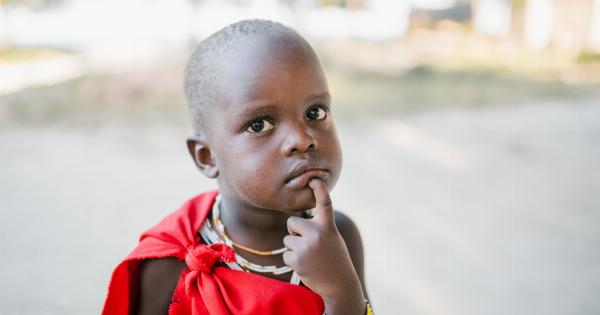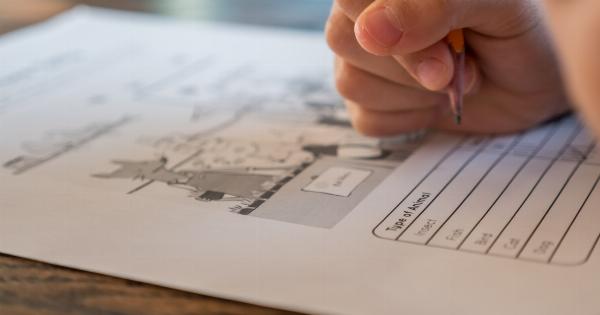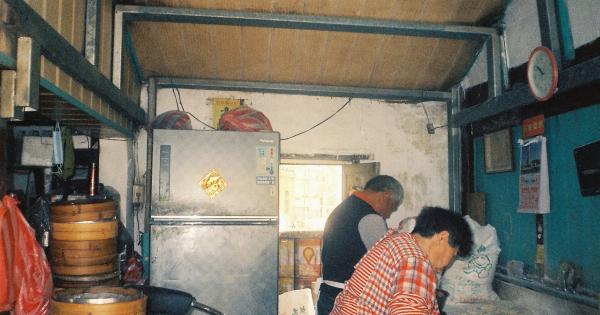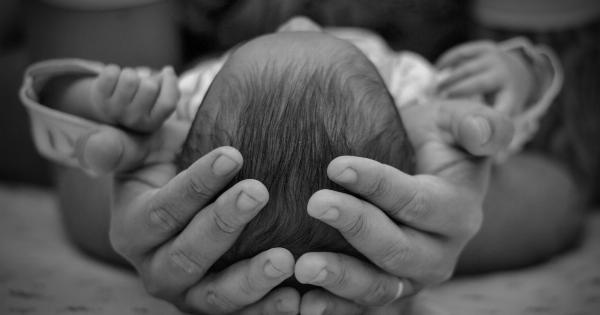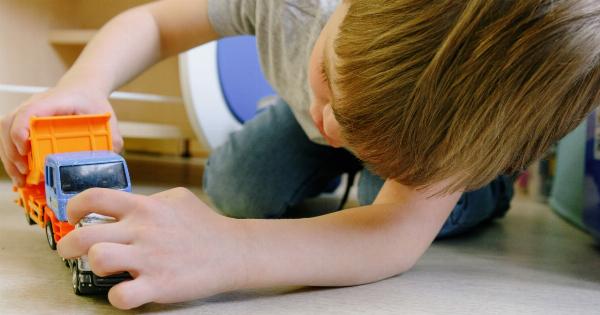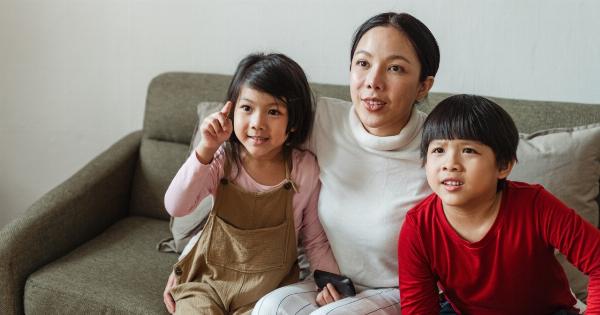Baby harnesses have become increasingly popular in recent years as many parents seek a way to keep their little ones safe and secure while allowing them to explore the world around them.
These harnesses, typically made of fabric or straps, are designed to allow parents to keep their children close by, preventing them from wandering off or getting into potentially dangerous situations. However, some people have raised concerns about whether the use of baby harnesses may hinder a child’s motor skills development.
In this article, we will explore this topic and examine whether baby harnesses can have a negative impact on a child’s motor skills.
Understanding Motor Skills Development
Before delving into the potential impact of baby harnesses on motor skills, it is important to have a clear understanding of what motor skills are and how they develop in infants and young children.
Motor skills include both fine motor skills, which involve the use of small muscles, and gross motor skills, which involve the use of larger muscles.
During the first few years of life, infants go through major milestones in their motor skills development. They begin by mastering basic skills such as grasping objects, lifting their heads, and rolling over.
As they grow, they start to sit, crawl, stand, and ultimately walk and run. This development is crucial for their physical growth, cognitive development, and overall independence.
The Purpose of Baby Harnesses
Baby harnesses are designed with the primary purpose of keeping children safe while allowing them some independence to explore their surroundings.
Parents often use harnesses in crowded places or while traveling to prevent their child from running off or getting lost. They provide a sense of security for both the child and the parent, knowing that they are connected and the child remains within reach.
Arguments Against Baby Harnesses and Motor Skills Development
Some individuals argue that the use of baby harnesses restricts a child’s natural movement, hindering the development of their motor skills.
They believe that by confining a child to a harness, they may not have enough opportunities to practice and refine their emerging motor skills, such as walking or climbing.
It is suggested that when children are strapped into a baby harness, they are not able to fully engage their muscles and balance mechanisms, which are crucial for the development of gross motor skills.
Without the freedom to move, children may become reliant on the support provided by the harness, leading to delays or difficulties in achieving important milestones.
Evidence and Expert Opinions
While concerns have been raised about the potential negative impact of baby harnesses on motor skills development, there is limited scientific evidence to support these claims.
Many experts argue that brief periods of time spent in a harness are unlikely to have a significant impact on a child’s overall motor skills development.
In fact, some experts suggest that baby harnesses can actually be beneficial in certain situations.
For example, when used appropriately, a harness can provide support for children with physical disabilities or those who are still developing their balance and coordination. By offering a secure means of staying upright, a harness can give children the confidence to explore and practice their motor skills.
Proper Usage and Alternative Approaches
While baby harnesses are generally considered safe and effective tools for keeping children secure, it is crucial to use them appropriately to minimize any potential negative effects on motor skills development.
Parents should ensure that their child has ample opportunities for free movement and exploration outside of the harness.
It is recommended to limit the use of baby harnesses to specific situations where safety is a concern, such as in busy public areas or near roads.
Additionally, parents should strive to provide their child with plenty of unstructured, open-ended playtime where they can freely move their bodies and develop diverse motor skills.
Alternative approaches such as babywearing, where a parent carries their child in a sling or wrap, can also offer a close bond between parent and child while allowing for greater freedom of movement.
Babywearing enables the child to experience a wider variety of movements and stimuli by being in closer proximity to the parent’s body, potentially enhancing their motor skills development.
Conclusion
While concerns have been raised about whether baby harnesses hinder motor skills development, the evidence remains inconclusive.
It is important to weigh the potential benefits of using a baby harness, such as increased safety and security, against the possible limitations it may pose to a child’s motor skills development. By using baby harnesses appropriately and ensuring ample opportunities for free movement and exploration, parents can strike a balance that allows children to develop their motor skills while keeping them safe.
